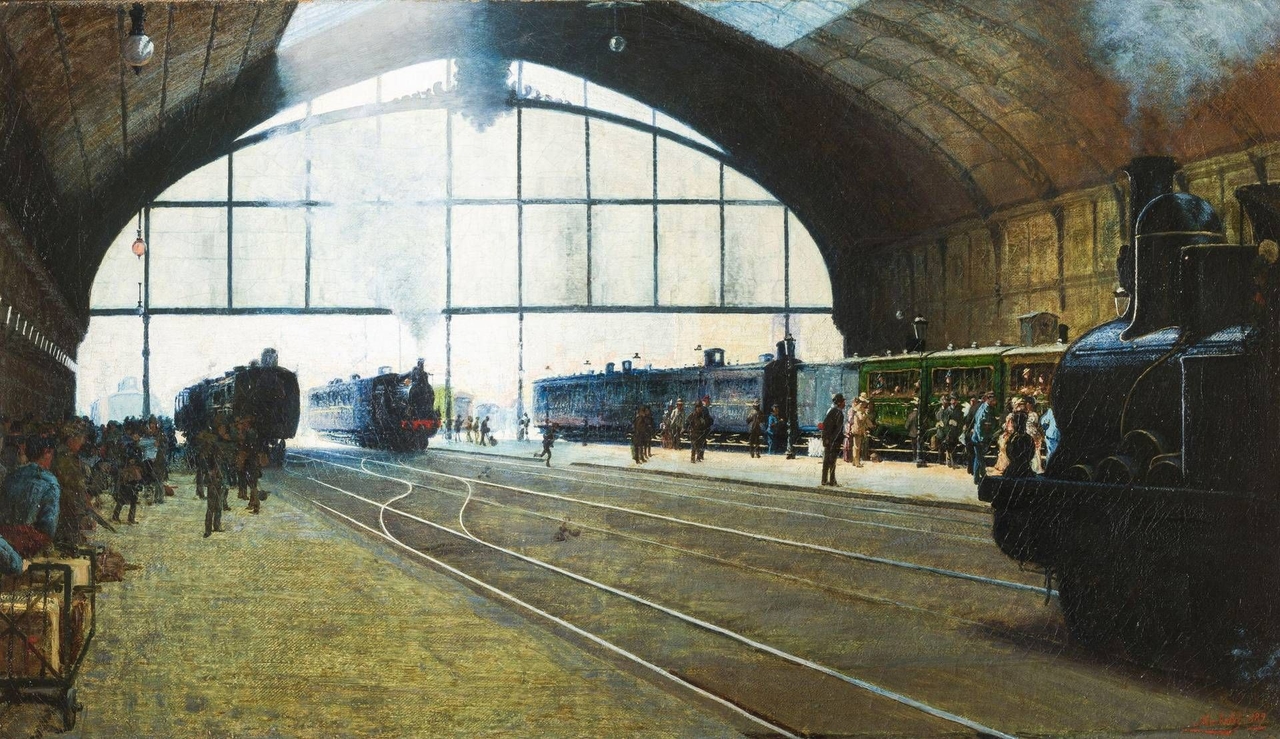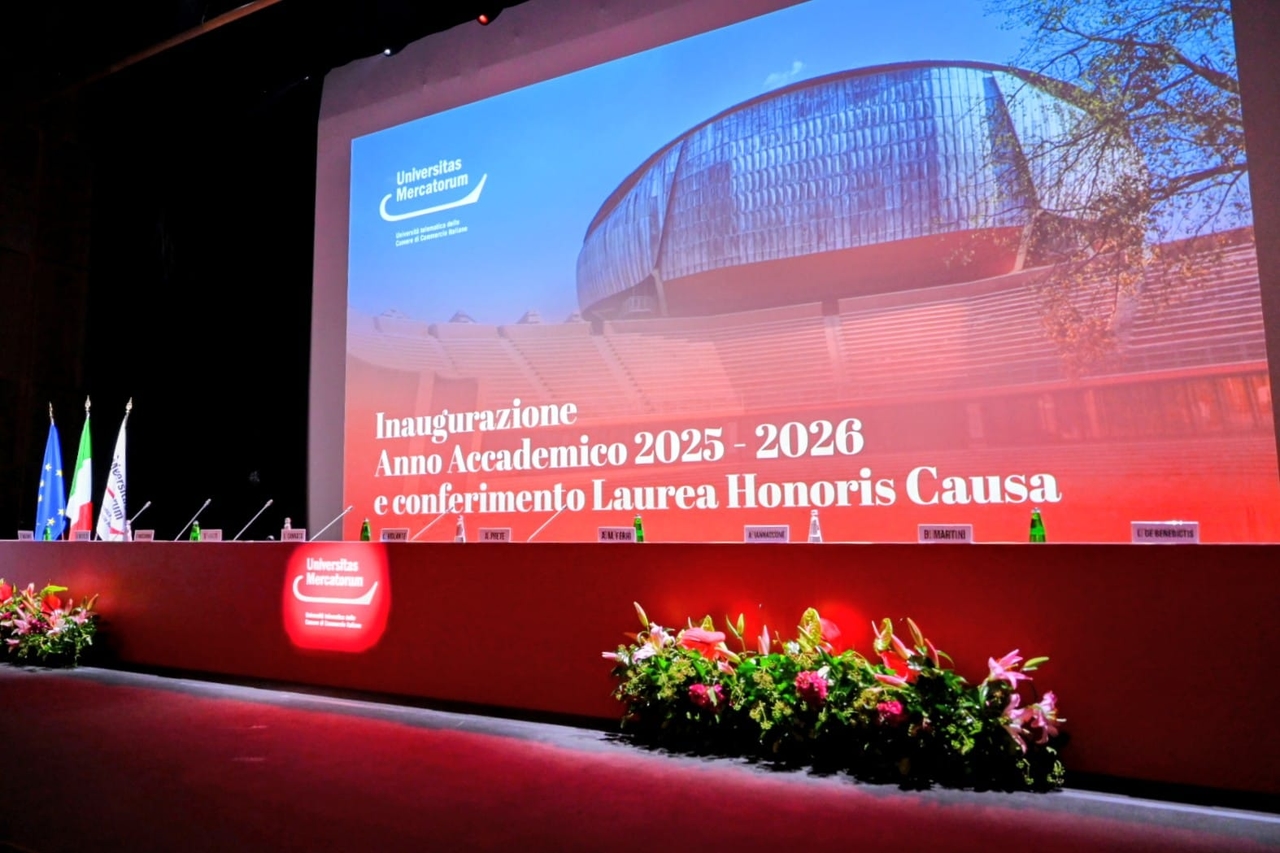More surprises in Pompeii, in the back room of a tavern a vase from Egypt appears

A glass paste situla (vase) with Egyptian-style hunting scenes, produced in Alexandria, Egypt, stood at the center of the kitchen of the Thermopolium of Regio V, the Street Food site partially excavated in 2020/21. The glazed vessel, typically found in the Vesuvian area as a prized decorative element in gardens and stately spaces, had evidently been reused here as a kitchen vessel. Analysis following the ongoing restoration will hopefully reveal its contents.
New excavations begun in 2023 in the Regio V area of Pompeii, aimed at improving the conservation conditions of the rooms adjacent to the Thermopolium, have revealed the service rooms and the small first-floor apartment where the business's managers lived. In the ground-floor room with the cooking area, tools used for food preparation (mortars, pans) and numerous Mediterranean wine amphorae were still found in their original locations.
"Here we see a certain creativity at work in furnishing sacred and profane spaces, namely the domestic altar and the kitchen, with objects that testify to the permeability and mobility of tastes, styles, and likely even religious ideas in the Roman Empire," explains Director Gabriel Zuchtriegel. "And we see this phenomenon here not at an elite level, but in the back room of a popina, a street food stand in Pompeii, that is, at a lower-middle level of local society, which nevertheless proved essential in the promotion of Eastern cultural and religious forms, including Egyptian cults, and later also Christianity."
Among the most interesting finds recovered is the aforementioned richly decorated faience situla, evidence of the commercial and cultural exchanges that characterised Pompeii.
The floor above the service area was divided into two small rooms, one of which was frescoed and decorated in the Fourth Style, with illusionistic perspective architecture and a yellow floor. The room was furnished with furniture, perhaps partly covered in polychrome marble slabs, and with personal objects kept in richly decorated wooden boxes.
The extraordinary maintenance and safety project for these spaces also included the restoration of the masonry and decorative elements uncovered during previous interventions, with the goal of preserving their beauty and integrity. To protect the spaces from the elements and adequately conserve the finds, special removable covers were created, designed to blend harmoniously with the archaeological context. A lighting system will highlight individual details, allowing for a more appropriate view of the site.
İl Denaro





